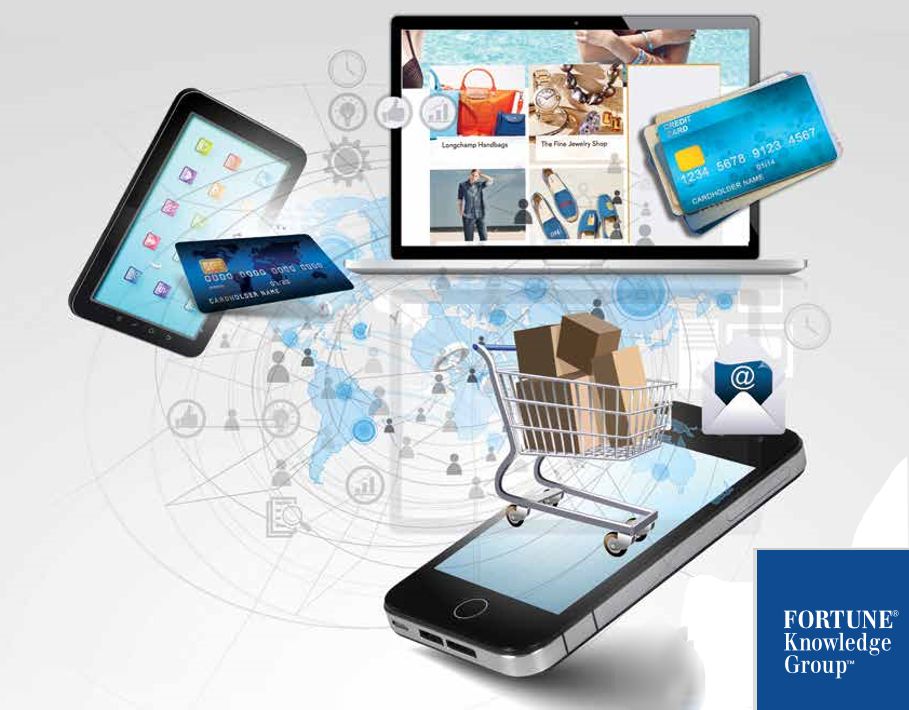
I was recently interviewed by Fortune for an article exploring ways that enterprises are getting closer to their customers by leveraging technology. In retail, we are seeing an explosion of new Mobile, Social and BI/Analytic capabilities being deployed in the hands of store associates, managers and marketers, striving to provide more value to their customers. To read the entire article, click here.
Here are a few excerpts from the article:
“That’s the value proposition for most retail enterprises other than the big-box retailers, which compete on the depth and breadth of their inventory, and on being a low-cost provider, says Bryan Amaral, head of Atlanta-based retail-industry consultancy Clientricity. “Know the customer, know your product, be relevant, and solve what they are looking for. You need sales associates who are savvy. Most retailers have to provide a higher level of engagement, or they won’t survive,” he says.
Amaral has spent his career advising retailers on how to use technology to shepherd customers from an entry point with a brand to a completed transaction (including returns). He believes that retailers need to take absolute responsibility for their customers’ satisfaction throughout the entire want-it, buy-it, use-it experience. He says it’s instructive for companies planning ahead to look back at the history of retailer customer interactions.
It’s “back to the future in many ways,” he says. In the early days, the neighborhood retailer knew his customers by name, knew what they wanted and knew how to merchandise accordingly. In the late 1970s and early ’80s, there was a lot of consolidation in retail, creating department-store mega-retailers. The bar code came along, making it a lot easier for a retailer to understand product movements, he recalls. Companies could more closely monitor what customers desired and plan inventory assortment and replenishment more effectively. Amaral calls this the Ivory Tower approach. “Neighborhood retailing was on the way out,” he says, “and the thought was that sales could be controlled back at HQ from the dashboard. Better merchandising, promotion, and the designer revolution, all had the vendors taking a role of driving traffic into stores. If you had the right brands, underlying transaction and merchandising systems could well manage your stores.”
But back then, the axiom retail enterprises relied on – location, location, location – came into question with the beginning of what would eventually become online commerce, he says. And with digital, retailers could reach a customer in any geography. As commerce shifted toward the latest technology, and a universe of products became one click away, “it became clear that to survive, certain segments of retailing just couldn’t commoditize. They needed to do a better job of servicing customers. Retailers began to realize that store sales clerks needed to become ‘knowledge workers,’ and begin to really understand customers’ needs to give them a reason to walk into a store. You had to provide this value. And by the early 2000s, the cast was set and the customer experience had become king.” For the past 10 years, Amaral says, customer expectations have become increasingly demanding and the pace of retail transformation has been accelerating to meet that value proposition.
Going forward, he says, companies need to ask: “How do I make sure that I am an integral part of a customer’s decision-making process? How do I become the ‘destination of choice’ when a customer wants a product in my category?” Amaral says that in the end, it’s going to come down to how effectively an enterprise can use technology to demonstrate a commitment to the best interests of the customer, not the enterprise.
“It’s no longer about owning a portfolio of products and finding customers who want them. Now, it’s about having a portfolio of customers and looking for high-value products and services that meet their needs.”
‘Clientelling’ is an example: A sales associate with a deep, deep knowledge of a department store’s stock and individual preferences takes the initiative to call a customer who has a store credit card and a history of, say, cosmetics transactions there, to alert the customer to a terrific new skin-care product or in-store service. The customer may or may not be interested in the new product or service, but the store-initiated contact can lead to other sales and a deeper, more profitable relationship between the store/associate and the customer. “Customers expect sales associates to have complete visibility into all the inventory throughout your enterprise, including the warehouse. It’s all about empowering the sales associate,” he says. Furthermore, Amaral says, stores should recognize the way in which Big Data and online engagement combine to fit into a wider sales philosophy.
“The majority of transactions are in some way influenced by online. It’s part of the buying journey. Customers start their search for a product online, get an idea of the possibilities, and look at product reviews. They then go into a store thinking they can find what they need. And when they go in, you have up-sell opportunities to really build that ticket by getting to know more and more about the customer. But it starts by adopting their perspective.”
Mobile technology should make the process easier, Amaral says. “Five years from now, there will be a lot more personalization,” he says. “Enterprises will collect more information, know better what to do with it, be more efficient storing it and analyzing it, and modeling around it. Take beacon and other types of location-based technology. A store can know you are nearby, or in a specific department, and they know about other people just like you, what you and they have bought, what you’ve clicked on their website,” and they can then tailor a proactive mobile message appropriately.
Go out at least 10 years from now, Amaral says, “every sales associate will have a mobile device in hand, will know their customer, offering a higher level of service, all tying back to the technology infrastructure. Operating systems may eventually be so context-aware that they will only show us the stuff we really need to know; our mobile device will be able to personalize the experience for us.” He continues: “The logical extension of today’s personalization trends is mass-customization of the products we buy. We are already starting to see new uses of technology in fitting rooms. Imagine that a customer goes into one and just interacts directly with the technology in there.
“Customers expect sales associates to have complete visibility into all the inventory throughout your enterprise, including the warehouse. It’s all about empowering the sales associate.” Bryan Amaral, head of retail-industry consultancy Clientricity
Today, retailers are experimenting with devices on the wall that can give product recommendations and look up alternatives and coordinate recommendations. By pressing a button, an associate is alerted to retrieve those items and bring them to the customer. But eventually, consumers will see and try on new clothes virtually, using various physical gestures to interact with the technology. The logical end game? Get it made and delivered to the customer in just a few days.”
